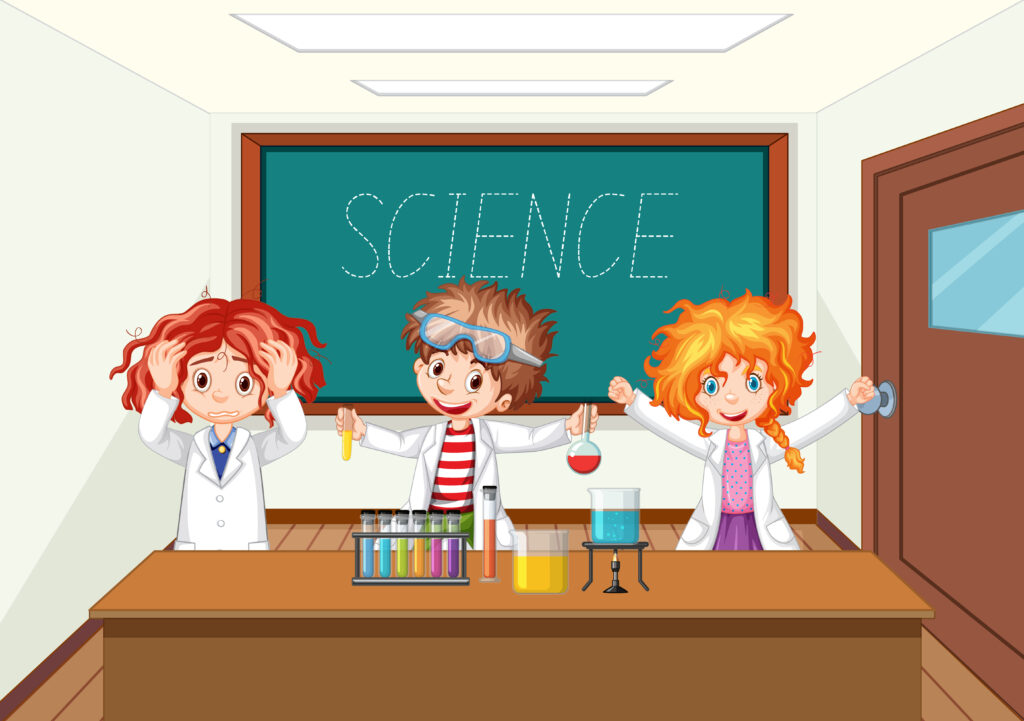STEM (Science, Technology, Engineering, and Mathematics) classrooms are designed to foster innovation, collaboration, and hands-on learning. The furniture in a STEM classroom plays a critical role in supporting these dynamic educational activities by offering flexibility, durability, and adaptability that standard classroom furniture often lacks. Here’s how STEM classroom furniture is different from ordinary furniture.
1. Flexibility and Mobility
The furnishings are typically designed to be mobile and easily reconfigurable, supporting a range of activities and learning styles. Ordinary classroom furniture, on the other hand, often consists of fixed desks and chairs arranged in rows, limiting flexibility and interaction.
Key Features:
- Rolling Casters: Tables and chairs often come with wheels, making it easy for students to rearrange seating for group work, individual tasks, or presentations.
- Modular Designs: Many STEM classroom tables are modular, meaning they can be grouped for collaborative projects or separated for individual work. This flexibility supports the different phases of STEM learning, from brainstorming to prototyping and testing.
- Adjustable Heights: Some STEM tables and workstations have adjustable heights, allowing students to transition between sitting and standing positions, making the furniture suitable for students of different ages and heights.
2. Durability and Safety
STEM classrooms involve hands-on projects that require tools, materials, and sometimes chemicals or small machinery. Therefore, the furniture in these spaces needs to withstand more rigorous use than ordinary classroom furniture.
Key Features:
- Heavy-Duty Surfaces: STEM tables are often made from durable materials like high-pressure laminate, stainless steel, or other resistant materials to endure spills, chemical exposure, and heavy loads.
- Rounded Corners and Protective Coatings: Safety is paramount in STEM classrooms, so tables and desks often feature rounded edges and surfaces coated with protective materials to prevent injuries and damage during projects.
- Sturdy Frames: STEM furniture often has reinforced frames to support the weight of equipment and to endure frequent rearrangements without compromising stability.
3. Integrated Storage Solutions
Science, technology, engineering and maths learning requires numerous materials, including tools, electronics, and experiment kits, which need to be easily accessible yet organized. Unlike standard desks with minimal storage, STEM classroom furniture is equipped with integrated storage to keep materials within reach and maintain a clutter-free workspace.
Key Features:
- Built-In Storage Compartments: Many STEM tables and workstations come with drawers, shelves, or bins to store supplies, tools, and equipment neatly and securely.
- Mobile Storage Carts: Rolling storage carts allow materials to be easily moved from one station to another, ensuring students can access necessary resources quickly and efficiently.
- Accessible Compartments: The storage solutions are often designed to allow students and teachers easy access to supplies, reducing time wasted searching for materials and supporting efficient project-based learning.
4. Support for Technology Integration
STEM classrooms frequently use digital tools and devices like laptops, tablets, 3D printers, and robotics kits. Equipment is designed to support technology integration, providing a functional setup for charging, connectivity, and usage that standard classroom furniture does not.
Key Features:
- Built-In Power Outlets and USB Ports: Many STEM tables and workstations come with integrated power sources, allowing students to charge devices easily and work with technology throughout the day.
- Cable Management Systems: Organized cable management is essential to keep cords neat and safe, preventing tripping hazards and ensuring a clean, organized workspace.
- Equipment Stations: Specialised workbenches or desks designed to hold specific equipment, like 3D printers, electronics, or robotics kits, are often included in STEM classroom setups. These stations provide a safe and stable surface for technical work.
Summing up, STEM classroom furniture is a tailored solution that supports the active, collaborative, and technology-integrated environment essential for STEM education.. By investing in STEM-specific furniture, schools create a classroom that is not only functional but also encourages creativity, innovation, and teamwork—key elements in preparing students for the future.


